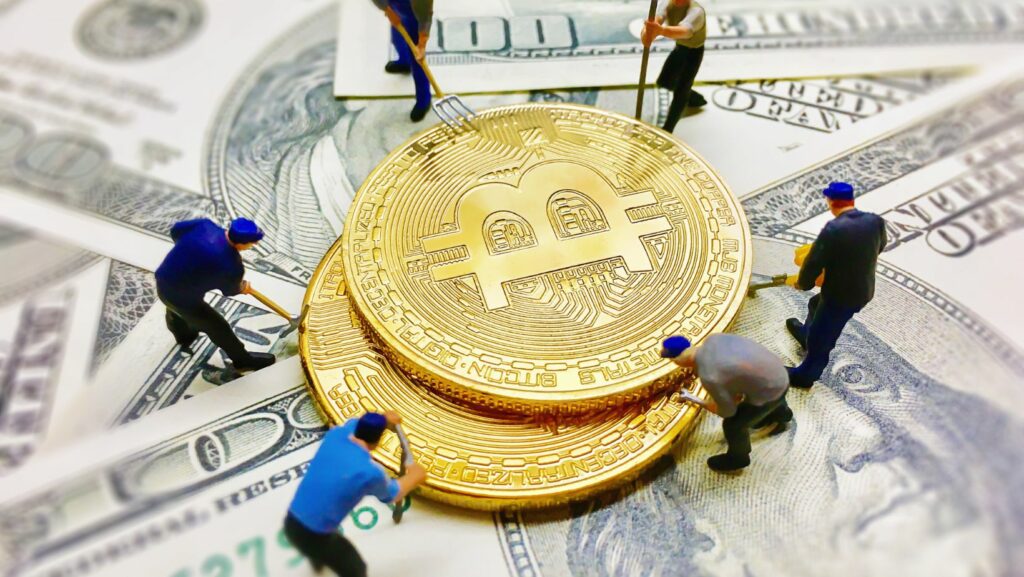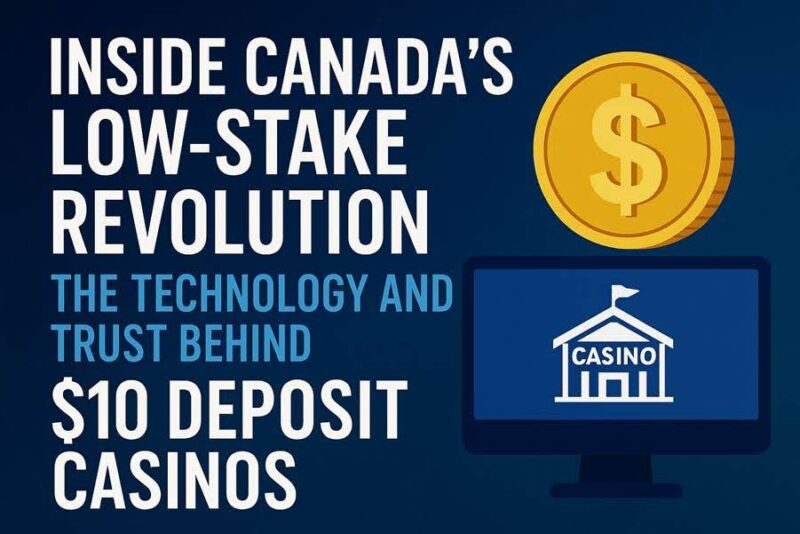
As the end of the year approaches, there are many things to get excited about. For some, it’s the annual get-together with family and friends on Thanksgiving Day; for others, it’s Black Friday and Cyber Monday, the two biggest shopping days of the year; there are also plenty who have already gotten into the Christmas spirit as soon as the Halloween decorations were put away, singing along Mariah Carey’s timeless hit while making their wish lists and checking them twice. And then there are those who have only one thing on their mind: the upcoming halving event and the impact it will have on the Bitcoin price.
The Bitcoin halving remains one of the most important and anticipated events in the cryptocurrency industry, with many traders and investors shaping their strategies around this development. It’s only normal for crypto enthusiasts to get excited about the impending Bitcoin halving and start preparing in advance so they can take advantage of the potential transformations it might bring along.
With almost six more months to go until the next halving, which is set to take place in April 2024, you’ve still got plenty of time to get up to speed with the significance of the event and its potential implications. So, let’s take a look at some of the things you should keep in mind as we’re counting down to this new milestone in Bitcoin’s history,
What is Bitcoin Halving?
Crypto enthusiasts are well acquainted with the Bitcoin halving, having witnessed the event three times already since the project was launched in 2009. But for those who are new to the world of digital assets, the halving might not ring any bells. So, let’s start with the beginning and explain what the halving is all about.

By design, Bitcoin’s supply is limited to 21 million coins that can be minted through a process called mining in order to ensure scarcity, maintain demand, and prevent inflation. Once this fixed supply is achieved, mining will cease, and no new coins will be issued. Until then, the coins enter circulation as a reward for miners who validate transactions and add new blocks to the chain. The reward for discovering blocks diminishes over time, being cut in half every 210,000 blocks, or roughly every four years, and this event is known as halving or halving.
The Bitcoin network has experienced three halvings so far. The first one took place on November 28th, 2012, when the block reward was cut from 50 BTC to 25 BTC. The second halving occurred on July 9th, 2016, reducing the reward from 25 BTC to 12.5 BTC.
Finally, the last halving happened on May 11th, 2020, and this brings us to the present day, when the reward for mining new blocks is 6.25 BTC. However, this is about to change soon, as the next halving event is estimated for April 2024, and that will see the block reward go from 6.25 BTC to 3.125 BTC.
Potential Price Implications
Although it’s difficult to predict how Bitcoin is going to behave during the pre and post-halving period, these events have usually been associated with price increases. Looking back at Bitcoin’s first halving, we can see that six months later, the Bitcoin price shot up from $12 to $126. The second halving saw Bitcoin surge to $1,000 from $654 following a seven-month rally. Then again, in 2020, when the last halving occurred, the price skyrocketed from $8,570 to $18,040 in just seven months.

Does this mean that Bitcoin is poised for a new bull run in 2024? Despite playing a big part in the prediction of crypto prices, historical patterns don’t offer any guarantee. However, Bitcoin’s current upward trend seems to support the price appreciation theory. Over the past few weeks, Bitcoin managed to break above the $30K resistance level, gaining 35% over the past 60 days and 27% in the last month. At press time, Bitcoin was trading at $36,232.
Since the halving reduces the mining reward in half and increases scarcity, this should hypothetically spark a hike in demand and cause prices to rise. But it can also go the opposite direction, prompting inefficient miners to exit the market as it’s going to be harder for them to survive due to the high cost of mining. That might weaken the network’s security and increase transaction fees, which could drive prices down.
Aspects to Keep an Eye on
To learn more about Bitcoin before making your purchase, it’s essential to understand its patterns, especially considering its unpredictability and volatility.
Prior to the halving, Bitcoin could experience increased volatility. This is exactly the time frame we’re in at the moment. Since no one knows exactly what to expect, some investors might choose to buy, hoping for an imminent price increase, while others might rush to sell, anticipating a potential price decline.
It’s also important to monitor the supply-demand dynamics. As the halving reduced the rate at which new coins enter circulation, one can expect prices to grow should the demand remain high.
While you’re patiently waiting for D-day, you can take the opportunity to study Bitcoin’s halving history and take a closer look at its past patterns.
After the halving has concluded, you should observe miner behavior and look out for stakeholders’ reactions to see which way the wind blows. If the market sentiment is favorable, the chances of a bull run driving the Bitcoin price up increase considerably.
Bottom Line
Considering it comes after the longest and harshest crypto winter to date, there are high expectations around the upcoming halving event. However, it’s important to remember that the halving is just one of the many factors influencing and shaping Bitcoin’s trajectory. So, whatever the crypto gods might have in store for us, don’t attribute it all to the halving event. Keep your eyes and ears open for other market developments, analyze the broader context, and make sure you are well-informed before making any decision regarding Bitcoin or any other digital currency.










